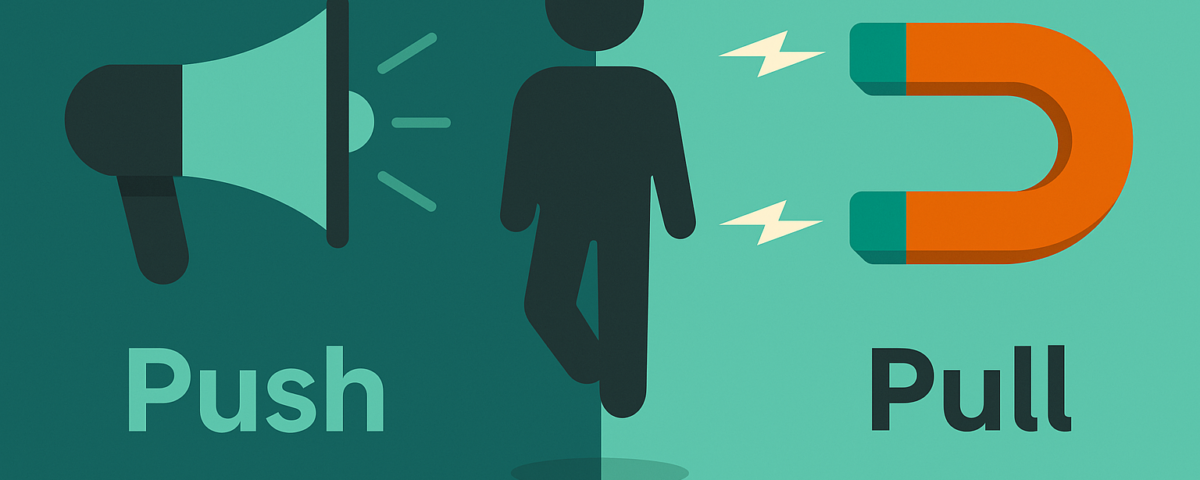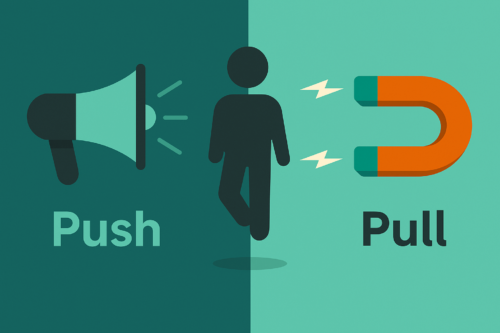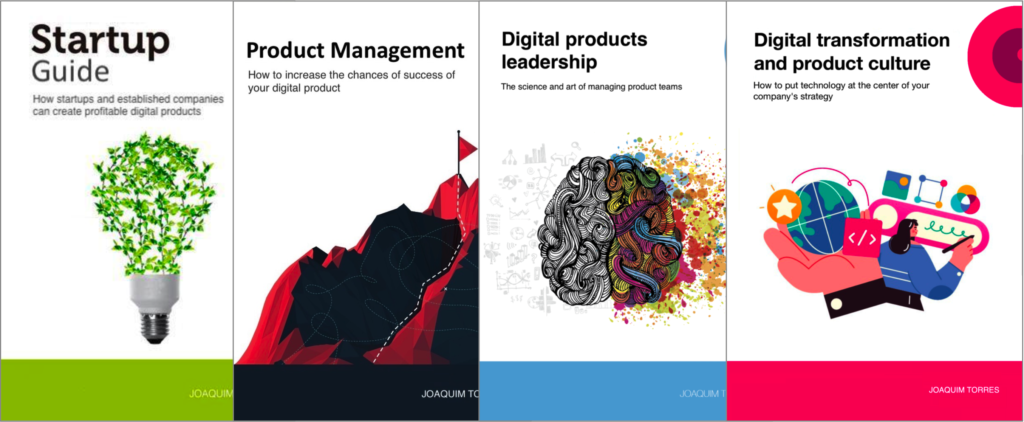
The Power of Product Vision in Portfolio Management
15 de April, 2025
Product Development Team Topologies
28 de April, 2025I’d like to share an experience I had at Gyaco. I was reviewing all the consulting proposals I’ve sent out since June 2022, when I decided to focus full-time on my work as a product management consultant.
In total, I’ve sent around 200 proposals — and of those, 110 turned into actual clients. A conversion rate of 55%. Not bad at all.
If we do the math, that’s about 6 proposals per month over almost three years. So it’s not a huge volume. And I believe that says a lot about the marketing and sales strategy I’ve been following.
I’m not a salesperson, nor do I have any formal background in sales or commercial management. That’s why I decided to apply a product development mindset to this new challenge I was facing as a solopreneur.
The first step was to be clear about where I wanted to go: I wanted to build a client base that would make Gyaco a sustainable business.
From there, it was all about conversations and experiments.
I talked to potential clients to understand what they were looking for. I talked to other consultants offering services similar to mine. I listened to sales and marketing experts to hear about what had worked for them — and what I should probably avoid. And I kept experimenting.
I even tried outbound sales, sending messages to people who might be interested. But it always led to unproductive interactions — the kind that leave everyone feeling like they just wasted their time, both the person I was trying to approach and myself.
As a client — or potential client — I’ve always been uncomfortable with that more aggressive approach, where people bombard you with messages, push for meetings, and try to drag you down the funnel at any cost. I’ve always found that experience unpleasant.
And like many people, I get bombarded with LinkedIn and email messages offering me services like investment advice, development teams, healthy lifestyle coaching, real estate investments, marketing consulting, and so on — none of which make the slightest sense for me at the moment.
I even have a standard reply:
“Thank you for reaching out and sharing some info about your services. At the moment, I don’t have that need, but I’ll keep your contact for future reference.”
Funny thing is, most people reply with: “Thank you so much for getting back to me!” — which probably shows how rare it is for them to get any reply at all from their cold outreach attempts.
Another very common sales tactic I experimented with was doing follow-ups after sending a proposal, something like: “Did you have a chance to look at the proposal? Any questions?”
I tried following up one week after sending the proposal. I tried longer periods. I tried shorter ones. But the result was always the same: none of those follow-ups ever led to a closed deal.
The path I chose to follow
That’s why I decided to take the opposite approach.
Instead of chasing sales, I focus on:
-
sharing knowledge and learnings — that’s why I’ve written 4 books, I teach classes, and I frequently publish articles with new lessons (like this one!);
-
clearly showing the kinds of services I offer, sharing real case studies from clients I’ve worked with and testimonials from people who’ve hired me.
And then I wait for inbound contacts — people who are genuinely interested.
When someone reaches out, I listen carefully to their problem, I explain how I might be able to help, and if it makes sense, I send them a proposal. And that’s it.
I don’t follow up. If the person replies, great. If not, I assume it’s either not the right moment or the problem isn’t as urgent as it seemed.
Like I said, I’m not a salesperson, nor do I have any formal background in sales or commercial management. But I’m quite happy with the results I’ve been getting from this approach — applying product development principles to learn and improve in this new role I’ve taken on at Gyaco: the commercial role.
And the numbers show that maybe I’m on an interesting path. A path where sometimes less is more — especially when that less is really well qualified.
Workshops, coaching, and advisory services
I’ve been helping companies and their leaders (CPOs, heads of product, CTOs, CEOs, tech founders, and heads of digital transformation) bridge the gap between business and technology through workshops, coaching, and advisory services on product management and digital transformation.
Digital Product Management Books
Do you work with digital products? Do you want to know more about managing a digital product to increase its chances of success, solve its user’s problems, and achieve the company objectives? Check out my Digital Product Management books, where I share what I learned during my 30+ years of experience in creating and managing digital products:
- Digital transformation and product culture: How to put technology at the center of your company’s strategy
- Leading Product Development: The art and science of managing product teams
- Product Management: How to increase the chances of success of your digital product
- Startup Guide: How startups and established companies can create profitable digital products



